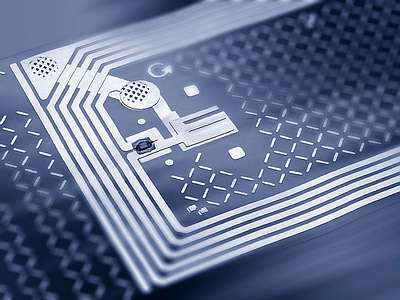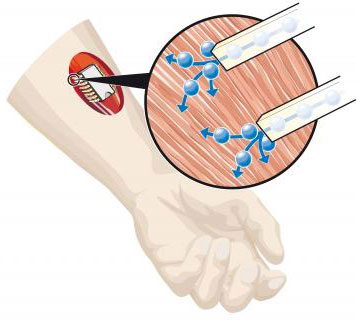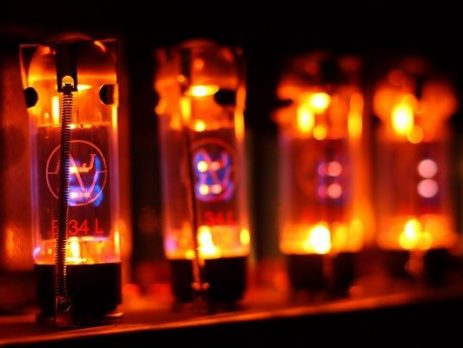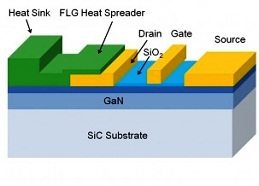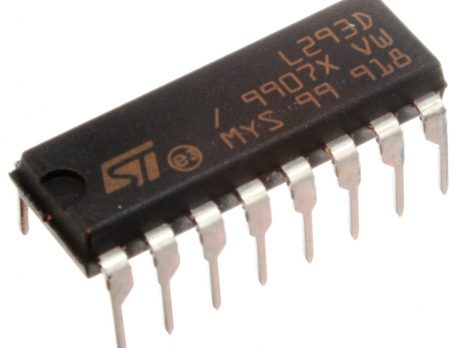Electronics, embedded, microcontroller, pic, projects, hobby circuits, circuit, blog, transistor, technology
Custom-Made Magnets
The properties of a substance depends almost entirely on its constituent atoms and how these atoms interact with each other. But a finite number of atom types, imposes a limit on the variation of properties that a conventional material may have. But a new range of engineered materials called metamaterials have opened a whole new dimension in this field . Metamaterials are composed of sets of nanostructures which are able to interact with electromagnetic waves in almost the same way...



